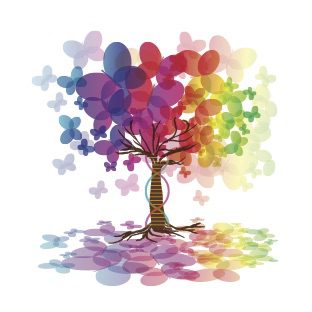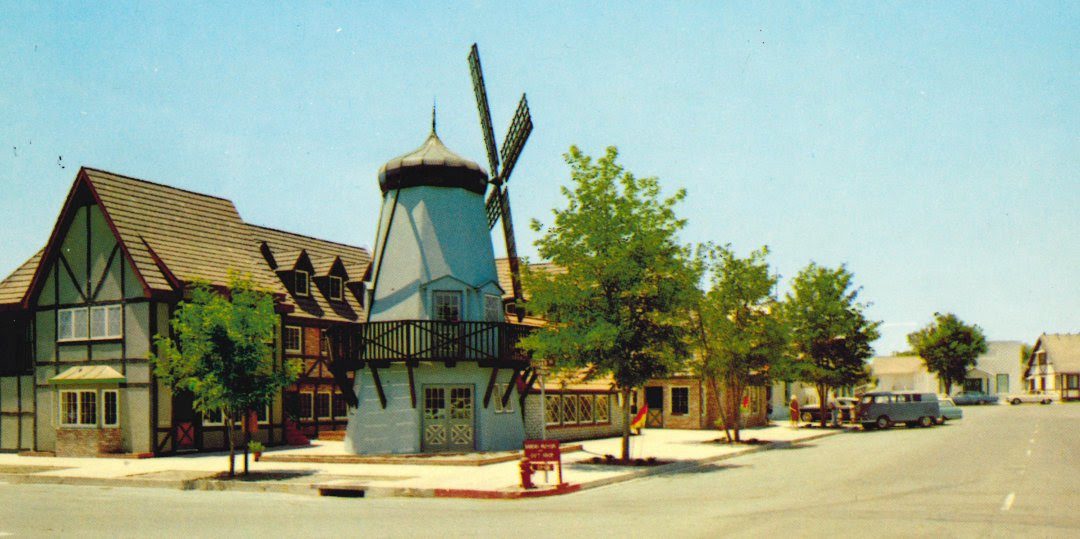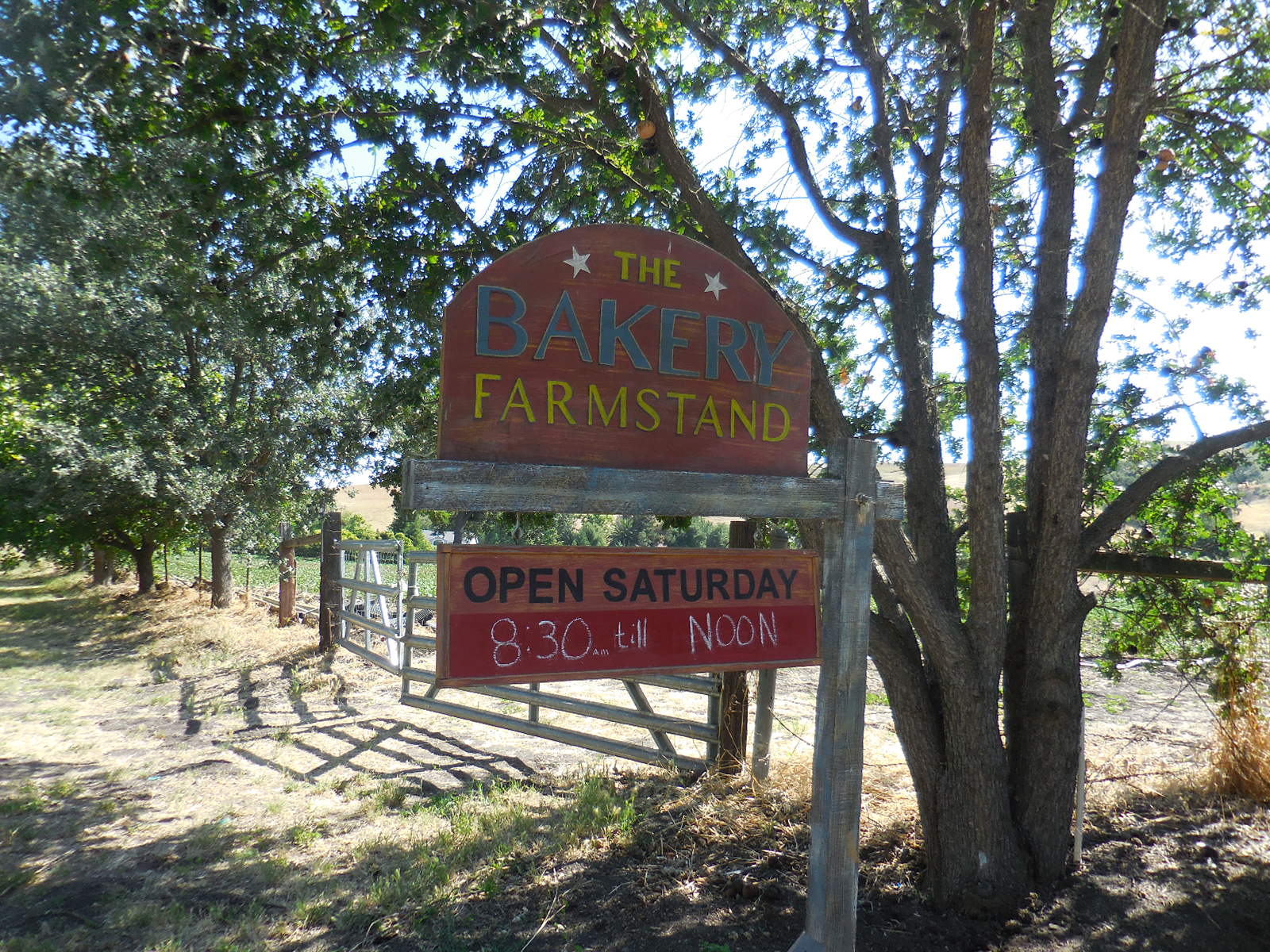By Sheila Benedict
Continuing from last month, there are three essential parts to the research process. The basics are that the sources provide information from which we can do the analysis of the evidence.
Breaking it down further: 1) locating sources, which can be documents, people, books, and/or databases; 2) reviewing the information in the sources to determine if it came from a primary source (someone or something with firsthand knowledge), a secondary source (not firsthand), or one that could be hard to determine whether it is either first or secondhand, and 3) verifying if the evidence is relevant to your research project.
The evidence can be direct, indirect or, in some cases, negative. An example: you have found some documents that show someone was in a particular place at a particular time. However, when you look at a census schedule for that place and time, the person should be there but is not – that is called negative evidence.
There is also negative findings from a search that provides nothing relevant. They are distinctly different but easy to confuse. As mentioned, the research is demanding but worth the effort – you and your family deserve accurate and verifiable data of past generations so that future generations have an accurate picture of who they were and from where they came.
If you have gathered documents as the April column suggested, a birth record is direct evidence that child was born and the information usually came from the mother who had primary information from that source. Even there, some information needs to be questioned and verified.
What about a census schedule? Yes, it contains direct evidence that a particular family lived at a specific place/address at a given time. Where it falls short is who gave the information to the enumerator? Was it a person who had direct knowledge or perhaps someone who happened to be home and just answered the questions not knowing if the information was factual or not. When someone goes to a mortuary to give information to the people there for their records, is all of it verifiable, such as correct date of birth, parent’s names or even place of birth?
Unfortunately, the further back you go with the documents, i.e. census, the probability of inaccurate information increases.
One of the past columns had some books to assist your research process. There are also databases, both paid and free, libraries in the areas where your ancestors lived, churches, city, county, state, and federal repositories, and of course, those boxes under the bed!
One of the best non-genealogy books I have on my desk is a legal dictionary. You might consider questioning family to find out if someone ever did research on the family. If there is a family history printed, privately or public, it helps to remember there can be mistakes in those too. There are great historical societies that collect local family papers. However, just because it is printed does not make it factual. The list of sources is endless and with digitizing going on 24/7, even from home computers, it will continue to be endless. See you next month and stay healthy and safe.
Sheila Benedict is a professional forensic and family genealogist. She is the author of Research in California, which she wrote in 2015 for the National Genealogical Societies Research in the States Series and writes articles in a variety of genealogical society newsletters and magazines.






